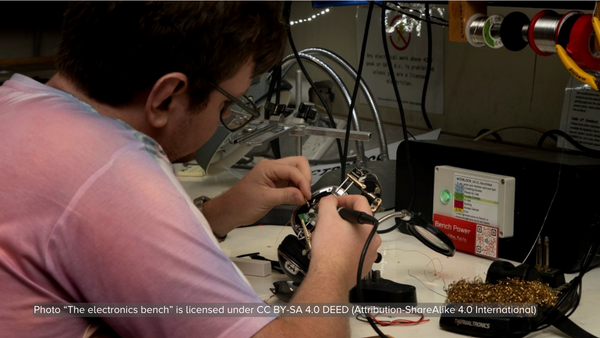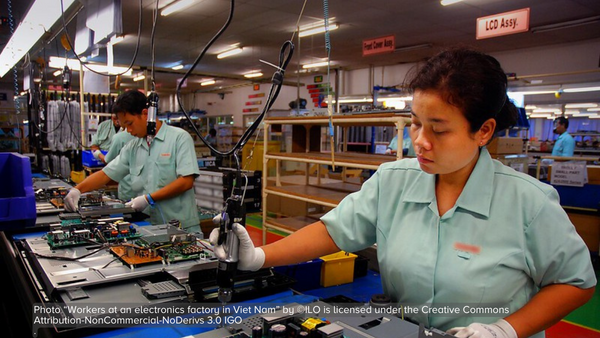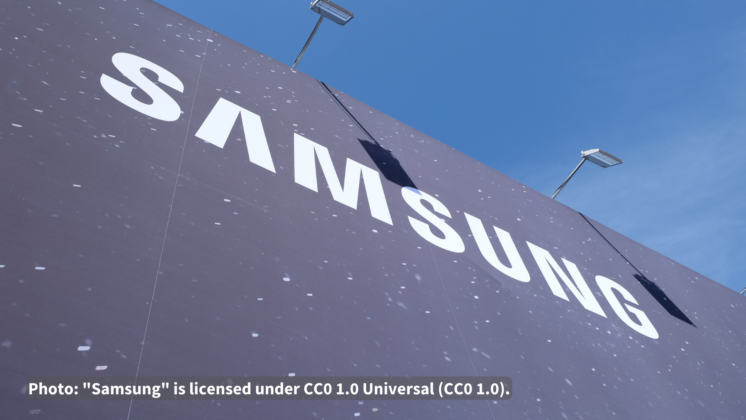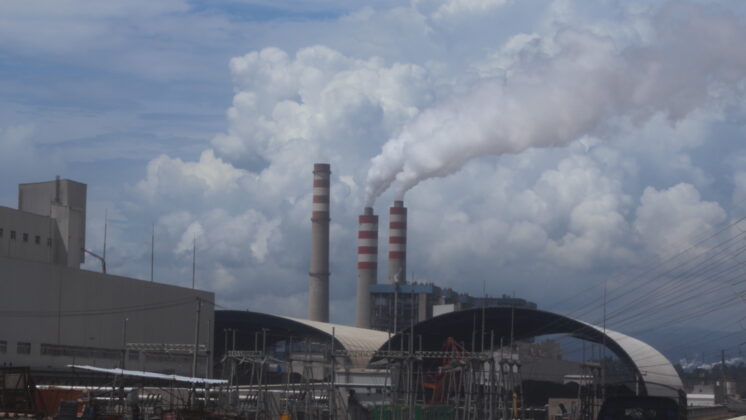Supporters for the Health And Rights of People in the Semiconductor industry (SHARPS) report on the death of Ms Lee Ji-hye, again another Samsung employee to die of cancer.
Supporters for the Health And Rights of People in the Semiconductor industry (SHARPS) report on the death of Ms Lee Ji-hye, again another Samsung employee to die of cancer.
Lee Ji-hye, aged 29, died of lung cancer on Dec. 27. Her death is the sixth this year and the 76th of the Samsung cluster tracked by SHARPS.
SHARPS and infirm victims of the Samsung Electronics Co., Ltd. occupational disease cluster are ending the year on a sad note, following the death of another co-worker. Lee Ji-hye, aged 29, died on Dec. 27, after three years of suffering from lung cancer.
Night Shift and Toxic Chemicals
In December 2003, two months before her high school graduation, Ms. Lee began to work at a Samsung liquid crystal display lab, where she ran quality tests on LCDs and edged displays to size for seven years and six months, until May 2011.
During the 90 months, she frequently worked the night shift. Ms. Lee’s job involved industrial-grade acetone and isopropyl alcohol. She used chemicals unknown to her when cleaning and maintaining her equipment and the shop floor. She was routinely exposed to chemical fumes when power outages or equipment repairs and replacements disabled the ventilation system. A lifelong non-smoker, Ms. Lee was diagnosed with lung cancer in 2013.
In July 2013, assisted by SHARPS, she filed a petition for workers’ compensation with the Korea Workers’ Compensation & Welfare Service. KCOMWEL ended its probe in November 2013. Tapped by KCOMWEL, in April 2014, the Korea Occupational Safety and Health Research Institute conducted an onsite investigation into Ms. Lee’s labs at Samsung.
However, by the time the two regulators began their probes, the old lines where Ms. Lee worked were replaced with new ones. In Jan. 2015, KCOMWEL turned down her petition, citing lack of evidence.
Perpetuating the Same Tragedy
Ms. Lee’s death is the sixth this year alone and the 76th of the Samsung cluster recorded by SHARPS.
Her tragedy conforms almost entirely to the deadly template set out by Samsung for the 75 deaths ahead Ms. Lee’s. As with most of the 75 deaths, she was a bright and innocent high-school girl from a poor family in a small city. As with the other victims, she was mature enough to forgo college to help support her family.
As with them, she believed a well-paying job at Samsung could help her save enough to go to college soon and start her own family someday. Instead, as with them, she spent later years of her twenties struggling with a terminal disease—all because, as with her co-workers, she endured long working hours, intense labor, and nauseating chemical smells in the hope that her modest dreams could come true.
When the Samsung workers became terminally ill, both their employer and government turned a blind eye.
Playing Off One Victim Against Another
Ms. Lee’s death came at a time when Samsung has been attempting to pit victims against one another by refusing to institute an independently verifiable safety measure and by offering token compensation to some victims. The world’s largest technology company refuses to pay the victims unless they agree to confidentiality, in effect reducing reparations to hush money.
Under Samsung’s scheme, no victim can seek any form of compensation from the company after Dec. 31, 2015—despite the fact that it can take many years for various forms of occupational disease to be diagnosed.
Worse, Ms. Lee is not eligible for the scheme because it focuses on certain types of blood and reproductive disorder and does not cover pulmonary conditions such as lung cancer.
Read more here.











